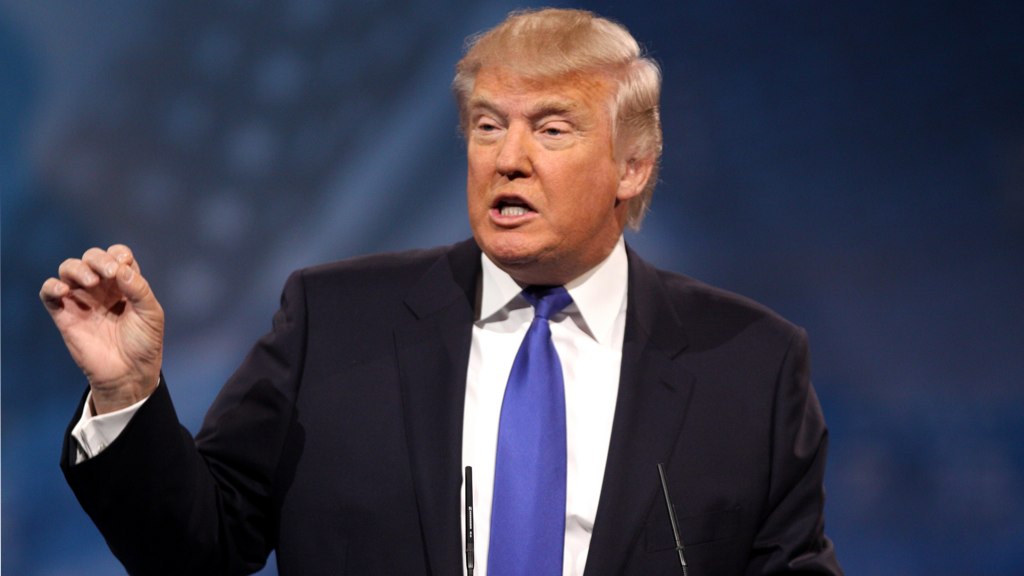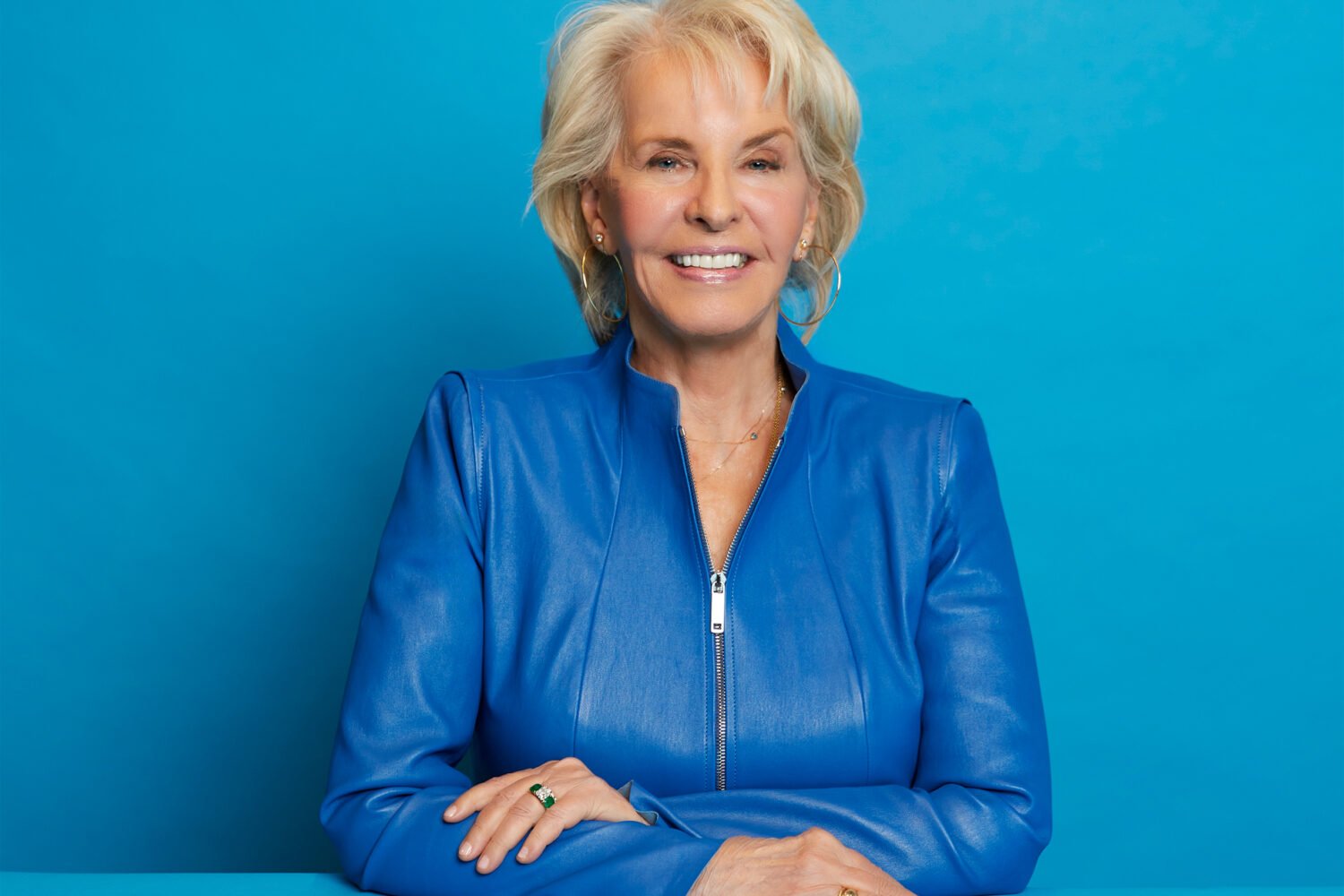Their point is that modern candidates do not need to light their “hair on fire, and keep it on fire,” as Mr. Trump does. “You just need to deliver more content,” Mr. Sullivan said.
Donald Trump is fighting “an asymmetrical war” against Hillary Clinton, Marco Rubio‘s former campaign manager, Terry Sullivan, tells Jim Rutenberg of the New York Times. Clinton is like Field Marshal Douglas Haig at the Somme, Sullivan implies, looking for an opening for her cavalry to break through on a battlefield that she hasn’t realized has been changed profoundly by modern warfare.
Content is the artillery with which Trump’s pounding the Clinton lines so effectively, Sullivan says. The incessant noise from Trump’s Twitter account, his wild statements, his willingness to call reporters and TV shows–all this makes it much harder for Clinton to run a conventional campaign with its “scripted events, interviews with local media in swing states…and an arm’s-length approach to the national press,” Rutenberg writes.
For all Trump’s agita with the press lately (look, he’s at it again this morning! it never stops!), one could make the case that after a brief period in which he fed Americans’ skyrocketing need for content, he’s figured out how to do our job better than we have. Like a robot journalist that’s grown sentient after being left plugged in overnight, Trump is basically his own publication, Rutenberg argues, and the business model he’s pursuing is one familiar to many media organizations now: scale.
For publishers, the idea of scale is basically this: While once the key to wealth was a solid local delivery system (newspapers on lawns, people watching the news after dinner) the shift to digital technology means the best way to gain an advantage over others is to pursue as large an audience as possible. National is great, international is even better. But the audience can’t be reached in the same way–few in Tuscaloosa are checking washingtonpost.com for the latest headlines. Those folks are, however, thumbing through Facebook on their phones and tapping on what their friends recommend. So the best way to increase your chances of reaching them, to drive your traffic numbers up so that advertisers are happy, is to produce as much content as possible and hope it filters through.
Newer publications like Mic and BuzzFeed and Business Insider understand this implicitly. For traditional news organizations, it’s been a harder turn to make. And while newer publications have attracted lots of venture capital to help them build audience first and figure out how to make money later, lots of older publishers have the irritating problem of needing to support themselves as they go. And the catch is, as the inventory of digital content grows, the cost of ads on it falls.
Under owner Jeff Bezos, the Washington Post has pursued the business model of a startup, vacuuming up audience on as many platforms as possible–Snapchat, Amazon Prime subscribers, readers of other newspapers. It has simultaneously invested heavily in what media ding-dongs jokingly call #content to feed those beasts. I can’t be the only person whose Facebook feed is approximately 85 percent Washington Post articles that my friends found interesting, but there’s data that suggests my experience is not an accident of fate: The Post editorial staff now produces 500 discrete pieces of content daily, twice the amount the New York Times, the Wall Street Journal, or BuzzFeed crank out.
What’s the end game for all this content? There’s noise now that these massive amounts of content are a kind of bubble, and you know what happens with those. As Politico reported in April, “Americans have almost tripled the amount of time they are spending consuming digitally distributed political news.” But now we’re seeing the same problem attain for big digital players, some of which have shed staff and tried to move their businesses to more profitable audiences via video and native advertising. BuzzFeed reportedly missed its revenue targets last year and has cut them in half for this year.
So the question for Trump may not be how much is too much, but whether his operation is better at wringing long-term advantage from content than the media he so despises have been. If Clinton is the legacy publisher in this tortured analogy, she may take heart from players like the Times and others: As Ken Doctor wrote in April, maybe the only defense they have is not letting “the new overwhelm their essential reasons for being.”




















